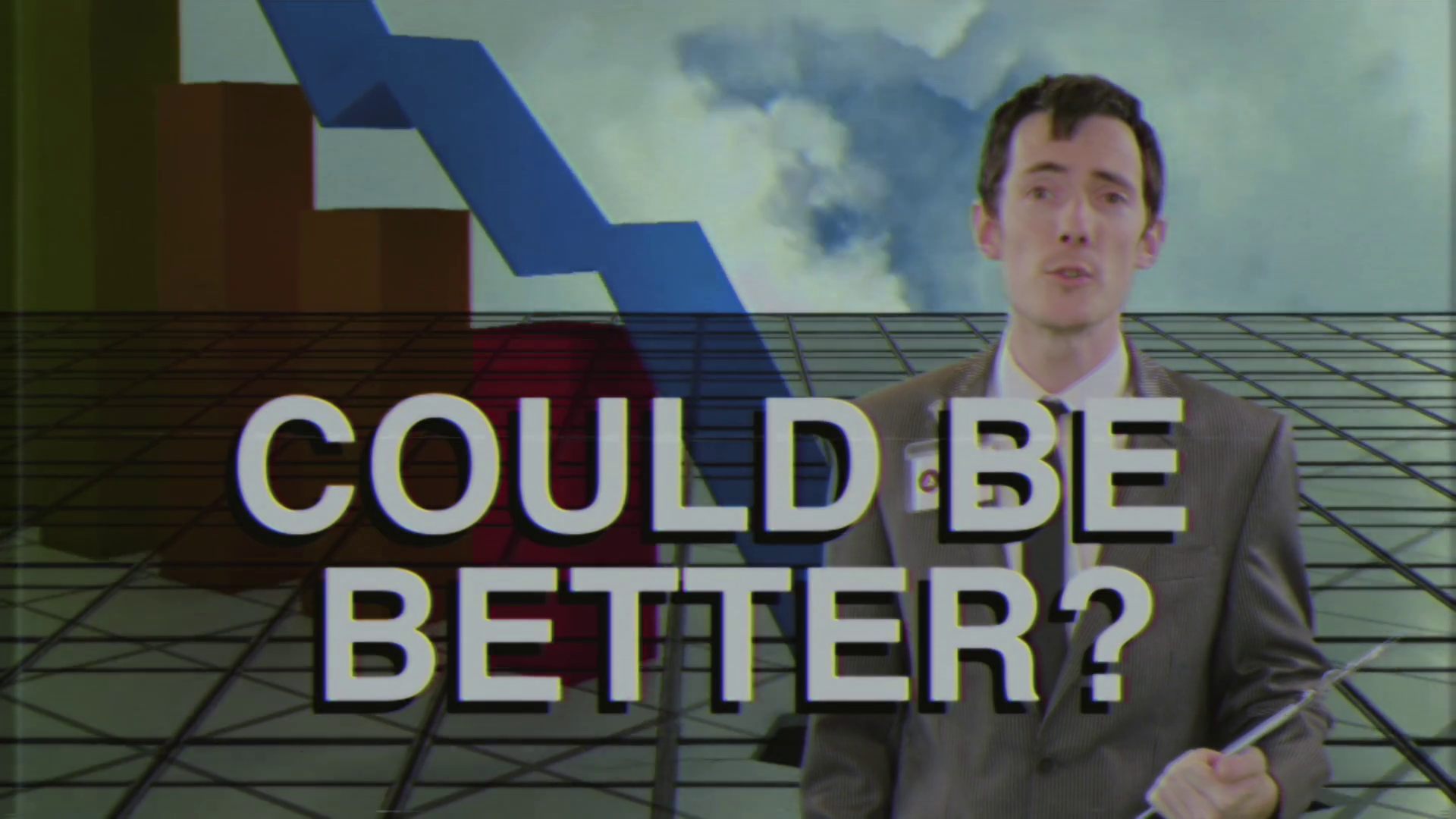The Spaghetti at the Wall Technique is all about doing things fast. Imagine you have a plate full of spaghetti, sauce, meatballs. You throw it at the wall. The plate falls, but some food may remain. Most of this food will eventually peel itself off the wall, but generally some will remain. Maybe it’s just the sauce… maybe some pasta will stick… if the meat balls are made ultra sticky, perhaps you’ll find a meaty morsel clinging for dear life on the wall. But BOOM the spaghetti was thrown! It’s a mess but it’s just a “messaphor”. This principle can be applied to quickly generating memorable, impactful experiences.
These videos are an example of the Spaghetti at the Wall approach. I was at my mum’s house, whilst we were moving her in to a new place. Around me were piles of boxes that I had to unpack, things I had to fix and set up, there was absolute chaos going on around me. But this video needed to be filmed. I had a list of bullet points. I jumped on a zoom, hit record, had no idea what the sound would come out like, didn’t have much idea how long it would go on. But it is now in existence, I photoshopped my face on to a plate of spaghetti and that’s a beautiful thing.
Rapid Prototyping
It’s best practise to get your creations out there quickly. You’ll be collecting feedback. People might tell you they hate it. Their opinions are opinions, you can’t please everyone. But listen and take on board everything you need to make it even better in your next iteration. Create, test, adjust, repeat. Sometimes perfection is a useless goal in the wider scope of the creative process.
Scale & Availability
What is the smallest thing the experience can be? What is the largest thing your experience can be? Given your available time, money, people, where does your experience sit along this timeline?
For the smallest thing, imagine you have been told you have an extremely influential, well connected investor who wants to sample your experience in 5 minutes. It’s the only time they can do, no flexibility. You have no money, no time, you have yourself and whoever is around you to make it happen. What does that version of your experience look like?
For the largest thing, imagine you have infinite time, infinite money, infinite space, and connections to the best, most skilled people. What does that version of your experience look like?
Now see where you are along this zero to hero scale and make it happen!
Name Your Experience
Starting with a name- what would you call your experience? How would that tell your potential audience what to expect? Does it set a tone? Does it suggest Victorian London or Futuristic Space Cat Pirates?
The Pint Pitch
You’ve got an intermittently functional biro and a beermat. Your friend sits across from you, wanting nothing but the best for your creative endeavours. It’s 12:30 and they have to be back at work at 1. You each have a full pint of beer, you have your idea – how would you sell this idea to a friend over that beer? Try and be friendly, concise, paint the picture of how it will be, and more importantly how it will feel going through the experience. Try and keep your pitch to 5 minutes max and leave plenty of room for feedback.
Flexibility In Your Design
How do you make your experience work for any situation? 1000 people turn up at your experience, 1 person turns up for your experience, 30 visually impaired people send you an email asking if your experience is suitable for their needs, no one turns up, someone is disruptive during your experience, you get disconnected during your experience, no one is enjoying themselves, kids find your zoom link, your computer restarts during your experience for a very important update. My mother always said to expect the unexpected which I found to be very unhelpful growing up. You have two routes you can take to this approach. 1) Designing for all possibilities (simplify it so much that it applies to all) 2) State what you are offering and set your boundaries.
Medium
Medium – how do you deliver your experience? Talk? Music? Video? Audio? Non-verbal? This will perhaps inform the way you create your experience. Do you have all the skills needed to make this happen?
Audience Energy Map
An audience energy map is a graph where x = time y= energy level. You can use it to plan your narrative. As you progress through your experience, do you want to elevate or suppress certain emotions, relax, energise, moments of thinking, moments of physical activity. Annotate your graph with as many points of change as possible.
Characters
Who are you audience going to meet when they attend your experience? Are you being yourself? Are you needing to be super happy? Super relaxing? Aggressive? Assertive? Hilariously funny? What if you’ve had the worst week and you’re not feeling it?
Characters can be a great way of getting around this: who are you/ who is delivering the experience? How does their character lead their performance?
Tone
- Tone : funny, relaxing, energising, introspective?
